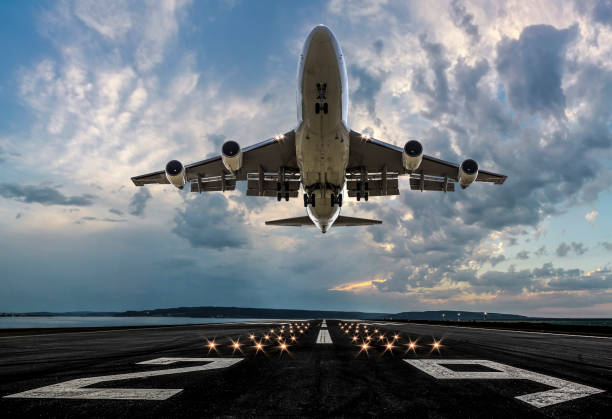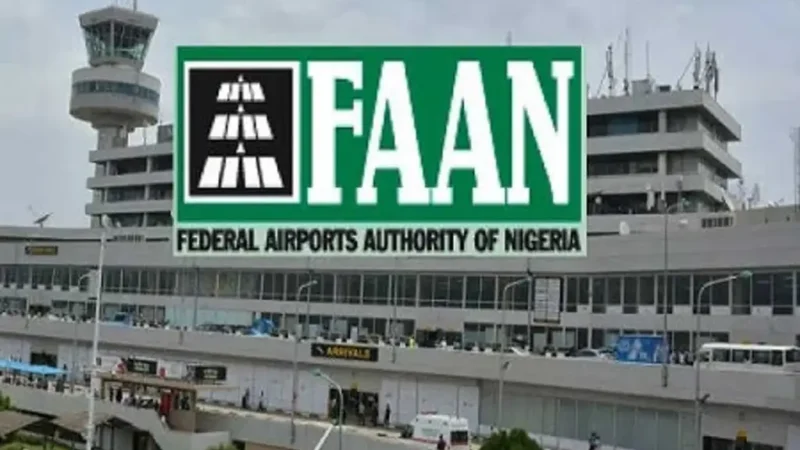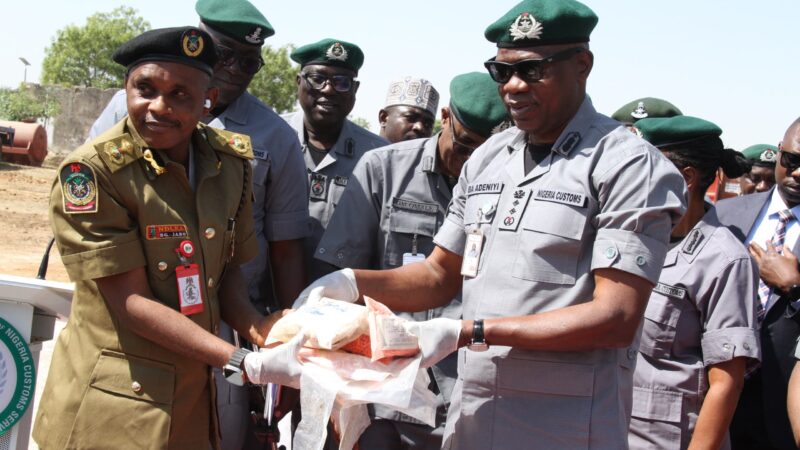ICAO Sets Bold Roadmap for ‘Air Travel for All’ by 2050 as Global Passenger Numbers Set to Triple

The International Civil Aviation Organisation (ICAO) has sharpened its agenda towards delivering a safer, faster and more technologically advanced global travel ecosystem – one capable of processing an estimated 12.4 billion air passengers annually by 2050 – three times the current volume.
This was at the 20th ICAO Traveller Identification Programme (TRIP) Symposium, held at the ICAO Headquarters in Montreal, Canada, where more than 600 delegates from 69 countries met over three days to discuss how international borders and airport systems must evolve to meet the exponential demand ahead.
ICAO currently projects that the global air transport market will more than triple in the next 25 years. According to ICAO’s Long-Term Traffic Forecast, the total number of airline passengers was 4.5 billion in 2019, before the pandemic.
2023 data showed recovery to about 4.7 billion passengers, and ICAO’s traffic scenario anticipates at least 12.4 billion travellers by 2050, driven by economic expansion in Asia, Africa’s demographic rise, and the continued opening up of global aviation markets.
Central to the discussions in Montreal was ICAO’s Strategic Vision 2050, a blueprint approved by the ICAO Assembly that aims at achieving universal air transport access regardless of region or income level, eliminating fatalities in air travel, and attaining net zero aviation emissions by 2050 in alignment with global climate commitments, particularly the Paris Agreement.
To pursue these targets, ICAO is prioritising digital identity systems and secure travel documents, including Digital Travel Credentials already being piloted internationally.
The Organisation is also promoting a shift towards biometrics-based passenger facilitation, automated border control, interoperable standards across nations’ border systems, and major improvements to countries’ civil registry systems to increase trust in identities.
ICAO says the future of border management will depend not only on airport infrastructure development, but fundamentally on the strength of national identity issuance.
Experts at the Symposium emphasised that weak civil registration translates directly to weak border control, and threatens global interoperability.
ICAO Council President Salvatore Sciacchitano and Secretary-General Juan Carlos Salazar urged member states to invest quickly in digital transformation and policy alignment, stressing that without coordinated action, the world’s airports will choke under the weight of rising demand.
Salazar specifically challenged countries to sustain the momentum from TRIP 2025 and deepen collaboration with private sector innovators, noting that “accessible air transport for everyone, everywhere” is not just a slogan, but a core policy aspiration.
The Symposium drew over 300 state representatives, six international organisations and 33 speakers and moderators, many from the biometrics, cybersecurity and identity management fields.
More than 160 sponsors and exhibitors also showcased technologies ranging from digital travel credentials and biometric identity verification, to automated e-gates and AI-driven border processing tools.
The size and diversity of participation demonstrated that states, industry and technology leaders recognise clearly that traditional documentary checks and fragmented national databases are no longer sustainable models in a world heading towards 12.4 billion passengers.
Outcomes from the event will directly support the implementation of the ICAO Traveller Identity Programme (TRIP) Strategy, and align with Resolutions adopted at the 42nd ICAO Assembly held earlier last month.
ICAO officials described the Symposium as a visible demonstration of how global collaboration can deliver tangible substance on the road to 2050.
The bottom line: aviation demand is rising far faster than airport and border infrastructure are currently built to handle. The success of global travel in the coming decades will depend on technology, data exchange, digital identity and international policy synchronisation. ICAO has drawn a clear line towards seamless biometric travel, but the clock is ticking.
The world must now invest, align and accelerate – because 12.4 billion passengers will not wait.







